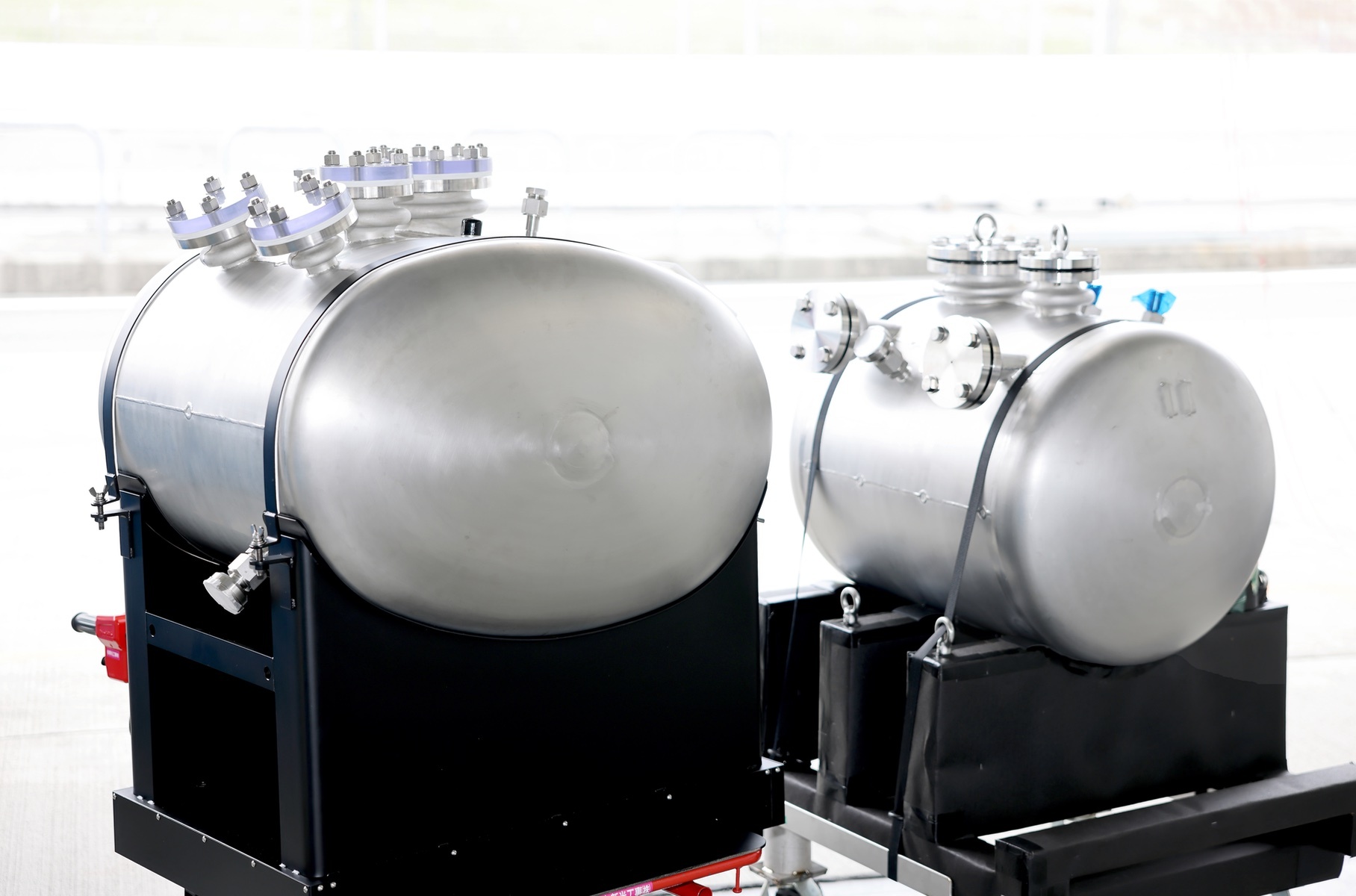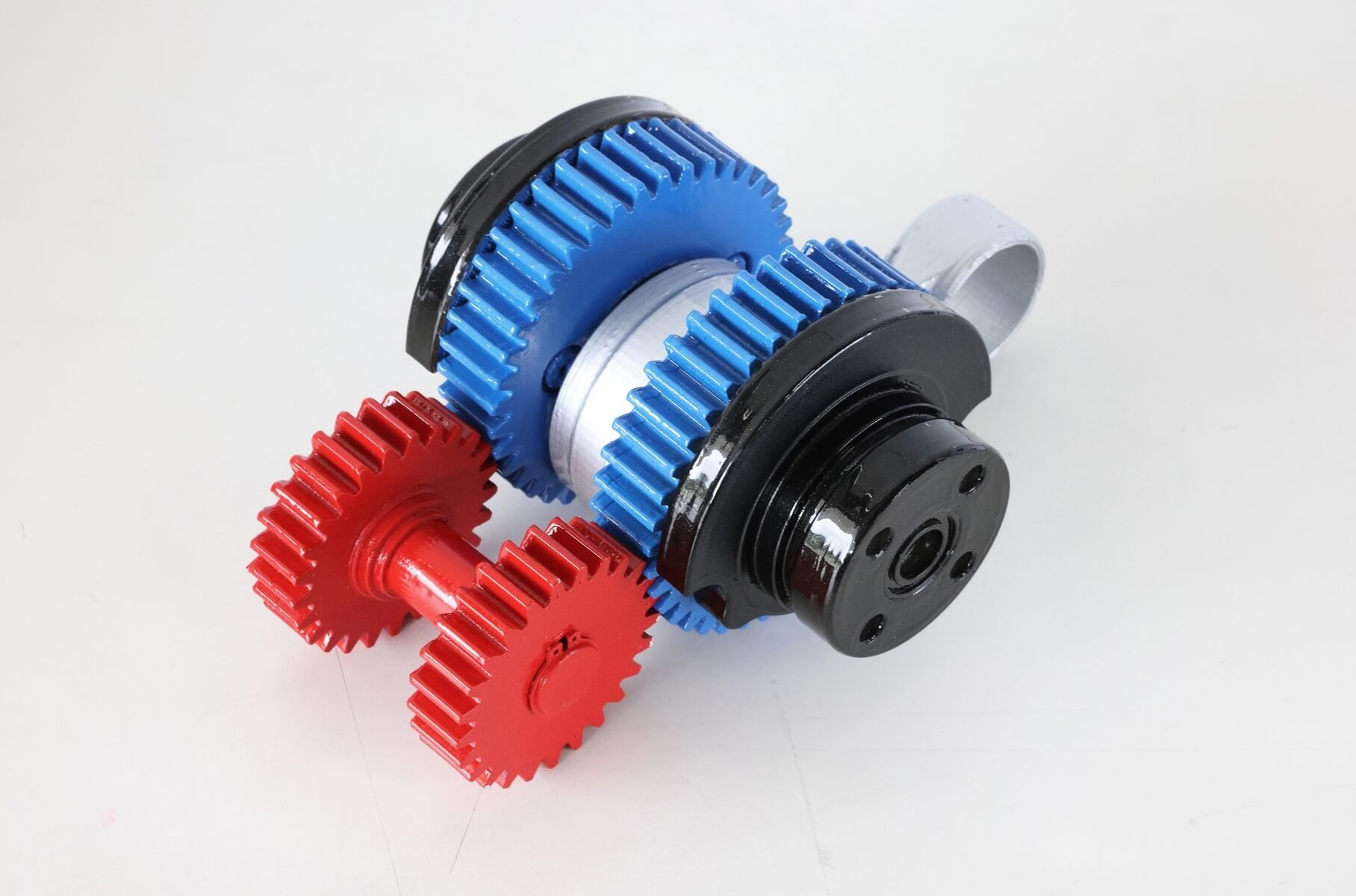The racing hatchback received a new fuel tank, which increased the range from 90 to 135 kilometers. The car also received an improved system for capturing carbon dioxide from the air and a piston pump with a more reliable dual drive. Last year, Toyota needed three pumps for one race, but this season they want to make do with one.
Toyota continues to improve the hydrogen GR Corolla, which it has been using in the ENEOS Super Taikyu Series championship since 2022. The racing hatchback has already undergone several updates. The biggest one was in 2023, when liquid hydrogen began to be used instead of gaseous hydrogen. Changing the state of aggregation of the fuel and a number of other modifications made it possible to increase the power reserve – from 54 to 90 kilometers. But since the technology is still “raw,” reliability problems remain.
Toyota Unveils World’s First Hydrogen-Powered Superyacht
For example, last year Toyota replaced the piston pump twice due to bearing wear. The goal for this season is to race with one pump, so it has a dual-drive crank mechanism. Applying torque to both ends of the crank allows the piston movement to be balanced and thus improves reliability. The GR Corolla also has a new, slightly flattened fuel tank with a capacity of 220 liters (up from 150 liters). It will add one and a half times more hydrogen and, according to preliminary estimates, will allow you to travel 135 kilometers without refueling.
 Toyota Presents the hydrogen Honda CR-V e:FCEV
Toyota Presents the hydrogen Honda CR-V e:FCEV
Finally, the hatchback received a new system for capturing carbon dioxide from the air. The device consists of three parts: an absorber, a separator and a small reservoir filled with absorbent. Previously, it was necessary to manually switch between absorption and separation processes. Now this happens automatically, by slowly rotating the absorption filter while driving. Over 20 laps of Fuji Speedway, the system is capable of capturing 20 grams of carbon dioxide – so there is no practical benefit from it.
 Toyota Pininfarina presented the hydrogen concept Enigma GT
Toyota Pininfarina presented the hydrogen concept Enigma GT
As for hydrogen itself, transferring piston engines to it at Toyota is still considered one of the possible ways to “green” internal combustion engines. A hydrogen engine retains all the characteristics of a conventional engine, in particular sound and vibration, but is noticeably less harmful to the environment. According to rumors, the first commercial unit will appear on the Prius hybrid in the middle of this decade.
Hydrogen cars: when an electric car is already banal







